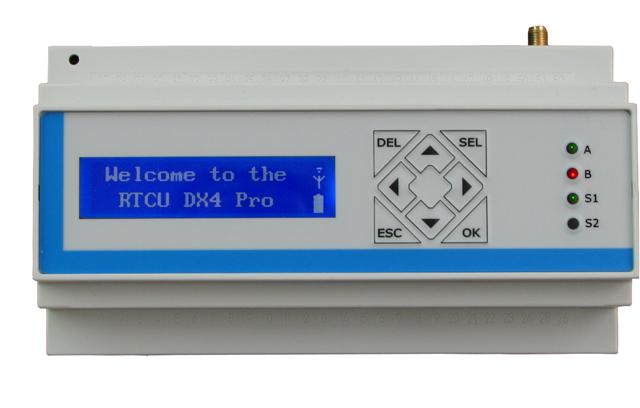There has been some work done with the design of the picoammeter (I guess it can be called so). There were some slight changes in the schematic and PCB design. I guess that the first stage is nearing to an end.
I've removed R2 from the non-inverting input of the IC1, as there is no need for using it in a symmetrical supply design, and added capacitor in the feedback loop of the IC2A, to filter out any high frequency noise that might be generated in the first stage.
Most of the tracks were thickened up to 0,032 inch where possible and last, but not least, I've added a guard ring around the input of the IC1, what is, I guess, crucial for measuring lows currents (at least ALL application notes and datasheets say so and I do believe in that).
 |  |
| Bottom layer of the PCB | Top layer of the PCB |
The board will be made at a professional workshop, with metalization and gold plating.
 |  |
| Bottom view render of the PCB | Top view render of the PCB
|
Finishing the schematic and PCB design I did some calculations. In order to finish the project stage I've calculated the elements I'm going to use. Most important part - R1 - will be precise 1GΩ ± 1% or 10MΩ. Unfortunately I have not found (yet?) any ± 0,1% resistors with such big resistance, but I guess this will not be a big issue and we can deal with 1% error. For this resistance I will get 1mV/pA. The offset voltage of the LMC6081 is in order of 1mV, so I guess that minimum measurable current will be in order of tens of pA (counting in the noise etc). Maximum current is limited by maximum voltage output of the op-amp, +5V powered is around 4,7V which gives 4,7nA for R1=1GΩ maximum current for the given supply voltage. If I exchange the resistor with 10MΩ the range will shift to 1nA - 470nA. Unfortunately there is no 100MΩ resistors at my main supplier. Will have to evaluate this more.
The second part, consisting of the OPA2227 should work with gain around 10. With 20kΩ input impedance this means R4 around 200kΩ, which is very reasonable value, if you ask me. The main problem with this part is also output swing. As I'm planning to use the same supply as for the IC1, the output will be similarly limited, as the OPA2227 does not have rail-to-rail output. I can always use higher power supply voltage, but this will complicate the design much.
The dynamic part of the calculations is to be made, as I don't know at which frequency I should limit the bandwidth. Looking at datasheet for the LMC6081 I'm guessing somewhere around 1kHz. This should give reasonable settling time of the measurement and slightly lower the noise.
I would like to thank Mr. Michał Penkowski, from Gdansk Technical University for lots of information and help about such measurements.
Still lots of work to be done!

















































